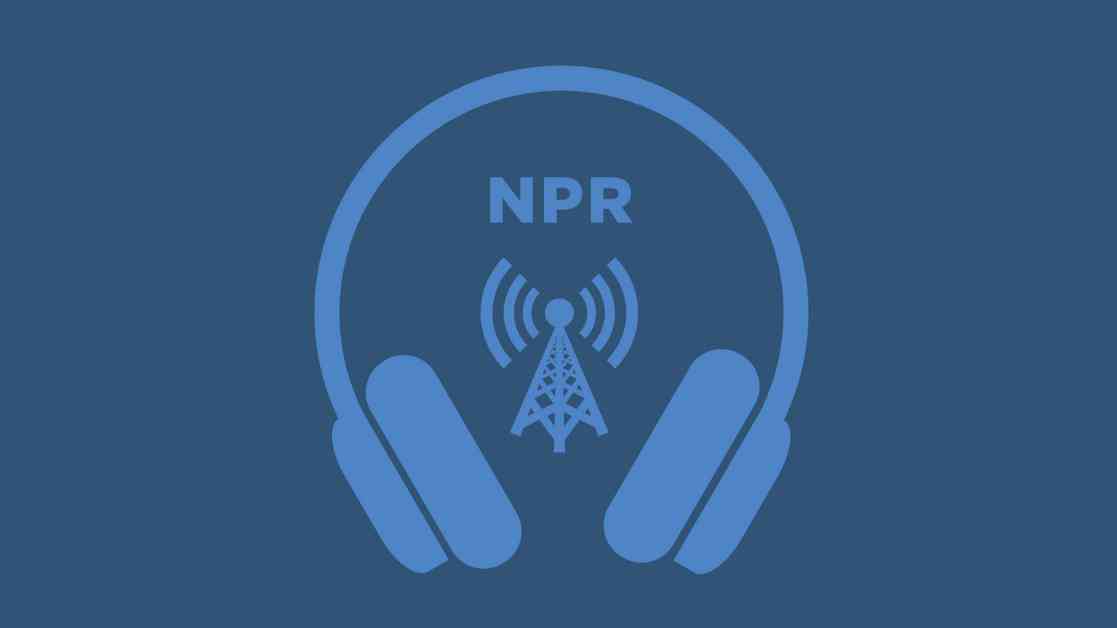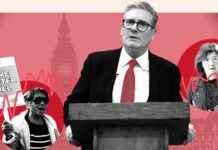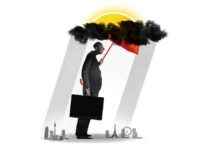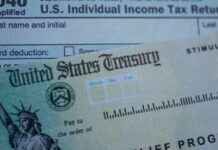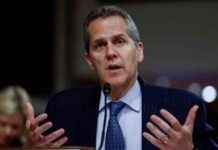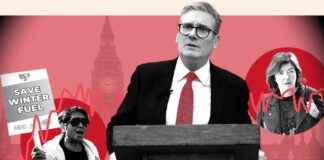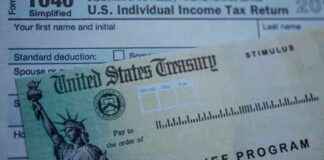Trump’s Economic Strategy: Promises of a New Golden Age
President Donald Trump is embarking on his second term in office with bold promises of ushering in what he terms as a new golden age for the United States. Addressing the World Economic Forum, Trump highlighted the need to revitalize the nation’s economy, which he believes has been tainted and requires immediate attention to restore its former glory. Amidst these ambitious declarations, Americans find themselves amidst a dichotomy of strong economic growth and low unemployment, juxtaposed with the lingering discontent surrounding the high cost of living.
Expert Insights on the Health of the U.S. Economy
NPR’s chief economics correspondent, Scott Horsley, sheds light on how experts characterize the current state of the U.S. economy. According to The Economist magazine, the U.S. economy stands as a beacon of envy globally, showcasing significant improvements compared to eight years ago. With lower unemployment rates, robust GDP growth, and escalating wages, the economic landscape appears promising. Mark Zandi, chief economist at Moody’s Analytics, acknowledges the positive outlook, emphasizing the strength and vitality of the economy under Trump’s administration.
Public Perception Versus Economic Reality
Despite the glowing accolades from experts, public sentiment paints a slightly different picture. Polls and election results indicate a prevalent dissatisfaction among the populace regarding the economy. The soaring cost of living, exacerbated by cumulative price hikes following the pandemic and external geopolitical events, has left many grappling with financial strains. While inflation has tempered in recent years, the residual effects of past price escalations continue to burden lower-income households, reflecting a stark reality that contradicts the economic statistics.
Proposed Solutions to Alleviate Rising Costs
In response to mounting concerns over escalating prices, President Trump has hinted at potential measures to curb these financial burdens. His emphasis on bolstering domestic oil production as a means to reduce overall costs signifies a strategy rooted in energy independence. However, the efficacy of this approach remains debatable, given the existing record-high levels of U.S. oil production. Moreover, Trump’s calls for lower interest rates and tax cuts as mechanisms to stimulate the economy face uncertainties, as market forces and Federal Reserve policies play pivotal roles in shaping these economic variables.
Challenges and Implications of Trump’s Economic Policies
The intricacies of Trump’s economic agenda raise pertinent questions regarding the feasibility and impact of his proposed strategies. While aspirations of a thriving economy underpin his rhetoric, the practical implications of tariff threats, immigration policies, and fiscal deficits loom large on the horizon. The delicate balance between economic growth and inflationary pressures underscores the complexity of navigating a dynamic economic landscape. As Trump navigates the intricacies of economic policy-making, the outcomes of his decisions will shape the trajectory of the nation’s financial well-being.
As we delve into the realm of economic discourse, it becomes apparent that the interplay of policy, market dynamics, and public sentiment forms the crux of the economic narrative. Amidst the statistical analyses and expert prognostications, the human element remains paramount, encapsulating the lived experiences, aspirations, and anxieties of individuals navigating the economic terrain. In a world where numbers and graphs often dominate the conversation, it is essential to remember that behind every economic indicator lies a human story, a narrative of resilience, struggle, and hope. As we grapple with the intricacies of economic policy, let us not lose sight of the human faces behind the statistics, for it is in their stories that the true impact of economic decisions unfolds.
